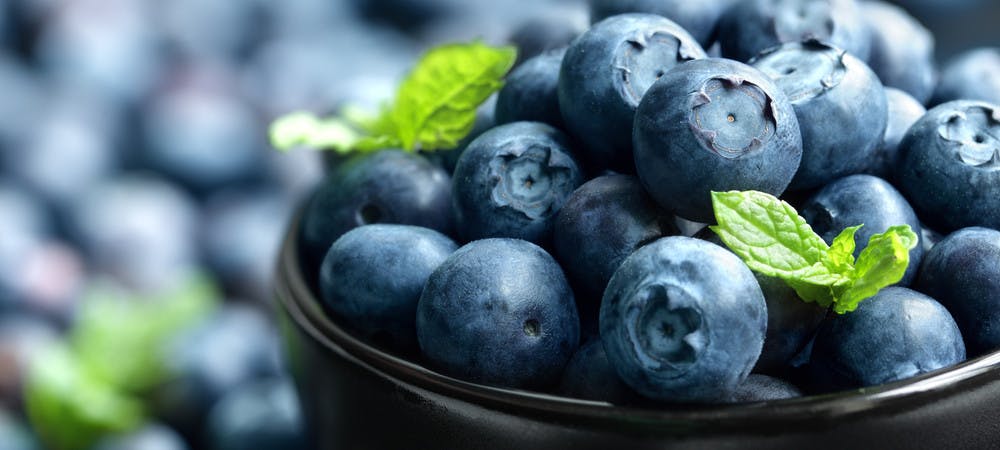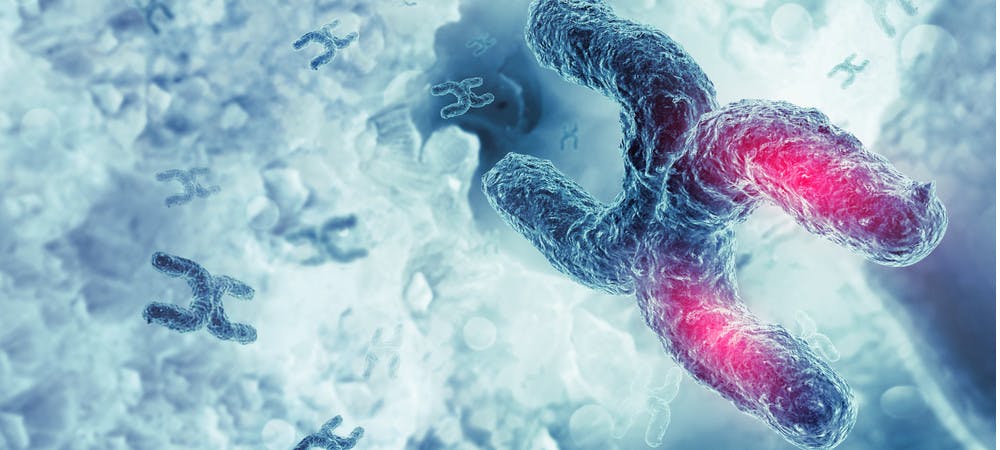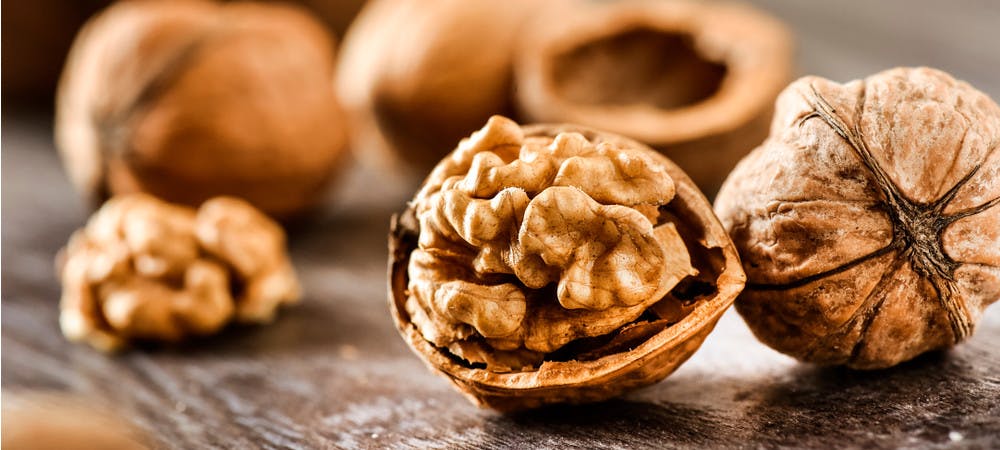The well-known quote of Hippocrates “Let food be thy medicine and medicine be thy food” perfectly explains the current trend in the food industry called nutraceuticals. The portmanteau word comes from nutrition and pharmaceuticals, which means that some special food components, taken in supraphysiological quantities, possess unique health-promoting or even curative properties, far beyond their nutritional or caloric values. We can find nutraceuticals in the myriad of unprocessed, natural and undenatured superfruits or superfoods like berries, sprouts, algae, herbs, spices, seafood, yeast, mushrooms and seaweeds. Furthermore, many food companies are fortifying our staples with functional oils, fatty acids, amino acids, peptides, phospholipids, phytosterols/phytostanols, flavonoids, carotenoids, enzymes, prebiotics, probiotics or fiber. Our current natural environment is not as nutritive as in the past, due to aggressive agricultural practices and micronutrient-depleted soils, so the usage of nutraceuticals and food supplements may be necessary. It mainly concerns an aging population, who suffer from chronic inflammatory disorders.

We can find nutraceuticals in the myriad of unprocessed, natural and undenatured superfruits or superfoods like berries, sprouts, algae, herbs, spices, seafood, yeast, mushrooms and seaweeds.
Inflammaging is one of the most explored theories of aging nowadays. The term combines two concepts: inflammation and aging, but until now, there hasn’t been a consensus of whether chronic, low-grade systemic inflammation is a cause or consequence of aging. Many scientists claim that during the aging process our immune system becomes more pro-inflammatory and less effective against infection or cancer’s development. It is sometimes called immunesenescence. Inflammaging significantly accelerates the aging process and contributes to greater morbidity, fragility and mortality of people in modern society. Chronic inflammation is now treated as the main culprit of all degenerative diseases connected to aging like cardiovascular disease, diabetes, metabolic syndrome, cancer, sarcopenia, osteoporosis or Alzheimer’s disease. What is responsible for creating pro-inflammatory milieu in our bodies? Many things, but the most important are:
- subclinical autoimmunity due to the accumulation of intra- and/or extracellular debris, which trigger an immune reaction,
- old cells in every tissue, which secrete pro-inflammatory mediators and change the microenvironment from a healthy state to a more pathological one,
- intestinal dysbiosis,
- leaky gut syndrome,
- chronic, unresolved infection and inflammation (e.g. oral cavity, abscess, periodontitis),
- too low threshold for mast cell activation or degranulation,
- infiltration of fat tissue by white blood cells.
Many of these clinical entities mentioned above, overlap with each other and more exiting ones means the worst scenario and more life-threatening conditions. Why does chronic inflammation make us more prone to age quicker? A hyperactive immune system overburdens our bodies. Immune cells, when activated, produce a huge amount of reactive oxygen and nitrogen species. This oxidative stress destroys all important cell components like proteins (receptors, enzymes, ion channels), bilayer cell membranes, nucleic acids and extracellular matrix (connective tissue in the skin, blood vessels and joints). What seems to be more important is that inflammation causes oxidative stress and oxidative stress to trigger more inflammation, forming a vicious circle. The latest scientific knowledge connects inflammaging with oxidative stress. A new phenomenon has already emerged called “oxi-inflamm-aging” .
Besides, chronic low-grade inflammation, free radicals accelerate telomere shortening, which are caps on the end of our chromosomes. Telomeres protect DNA and determine the number of cell divisions. We can compare them to the biological clock. Shorter telomeres stop replication faster, causing premature tissue aging. Studies show that the length of telomeres predicts life span. Studies on centenarians show that they are less likely to suffer from chronic low-grade inflammation. Most of them have blood values of pro-inflammatory biomarkers (CRP) in the low-normal range.

The latest scientific knowledge connects inflammaging with oxidative stress. A new phenomenon has already emerged called “oxi-inflamm-aging” .
What can be done to fight inflammaging to postpone the aging process? First of all, we must initiate the resolution phase (a return to normal state) of unresolved acute or chronic inflammation. This is a completely new approach because we do not want to stop acute inflammation but rather trigger its faster active resolution. It is especially important in any case of chronic difficult-to-eradicate infection. During resolution of inflammation, our immune cells engulf all pathogens and debris in a noninflammatory way. Simultaneously they trigger tissue regeneration, recovery and rejuvenation. The key event in proper resolution is the transition of macrophages from mode M1 to mode M2. There are a few nutraceuticals and one drug which boost resolution of inflammation. It is necessary eat more omega-3 fatty acids: EPA and DHA from fish oils and some arachidonic acids (ARA) from egg yolks, red meat and full-fat dairy. EPA, DHA and ARA are precursors of specialized pro-resolving mediators (SPMs), mainly: lipoxins, resolvins, protectins and maresins. Adding baby aspirin (75 mg) to these we are able to boost the production of aspirin-triggered pro-resolving mediators. What else is important in the resolution of inflammation? Nitric oxide and hydrogen sulfide – our vasodilating gasotransmitters. Flavonoids, which improve the transition of macrophages. Phytocannabinoids and autocoids – our natural inflammation and pain gatekeepers. To be sure to optimize resolution of inflammation, we should adopt a diet which is extremely rich in:
- L-arginine, L-citrulline – nuts, seeds and watermelon
- Dietary nitrate – beetroot juice and green leafy vegetables
- Organic sulfur-compounds – garlic, broccoli sprouts
- Quercetin, apigenin – apples, pomegranate, red onions, shallots, parsley, thyme, chamomile and red pepper
- Palmitoylethanolamide (PEA) – egg yolk, peanuts or nutraceuticals containing PEA
- Cannabidiol – hemp oil enriched with CBD.
There are also some trace elements which are extremely important in controlling inflammaging. Selenium and boron are considered underappreciated in terms of their utilization in antiaging and inflammation-controlled protocol. You should add to your daily habits 1-2 Brazil nuts, seafood, avocado, raisins, red wine, chocolate and hazelnuts.
Looking at the widespread reasons of age-related inflammation we should focus on the stabilization of mast cells and simultaneously decrease the activity of microglia in our central nervous system. This is especially important for anyone suffering lifelong from allergies, migraine headaches, asthma and atopy. We can achieve a permanent stabilization via supplementation to our diet of quercetin, luteolin and PEA. The best source of luteolin is celery. To remove all toxic cellular debris, which trigger uncontrolled inflammation, we must boost autophagy. This biological phenomenon could be considered as self-eating, which is crucial for the maintenance of proper function and structure of all tissues. Many terrible degenerative disorders like Alzheimer’s disease have their origins in the accumulation of pathogenic fibrils. We must also bear in mind that one of the biomarkers of aging – lipofuscin – is a cellular waste. Fasting, aerobic exercises, resveratrol, vitamin D3, arachidonic acid and CBD oil stimulate autophagy.

Selenium and boron are considered underappreciated in terms of their utilization in antiaging and inflammation-controlled protocol. You should add to your daily habits 1-2 Brazil nuts, seafood, avocado, raisins, red wine, chocolate and hazelnuts.
The number of senescent cells increases when we grow older. The best strategy to control inflammaging is to use special nutraceuticals, which control the quantity of such nonfunctional cells. The best example of natural senolytics is resveratrol, derived from red wine, and quercetin from red onion. Another strategy is to take daily a small amount of bioavailable curcumin, but too much could increase the number of old cells due to its pro-oxidant properties. This is a good example of hormesis, which explains why the same substance is healthy in a small amount and could be dangerous in a much higher dose. Improper microbiota may disturb the optimal functioning of gut-associated lymphoid tissue (GALT), which has systemic consequences. Inflammaging is strictly related to the overgrowth of pathogenic bacteria in the gut. We can improve its composition via probiotics, prebiotics, dietary nucleotides and proanthocyanidins coming from grape seed extracts.

